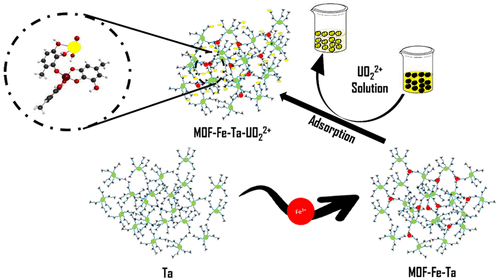The researchers used quantum-chemical calculations to predict the structure
The complex we have synthesized is capable of capturinguranium over the entire practically interesting range of conditions (temperature and acidity) characteristic of liquid wastes containing uranium. Further improvements in technology may make it economically viable to extract uranium from seawater.
Konstantin Katin, author of the study, professor at NRNU MEPhI
It should be noted that tannic acid is the strongest adsorbent, and it is found in many plants.It has been used for a long time as a "folk remedy" for poisoning, but it dissolves too easily in water, which prevents it fromits use for the treatment of liquid waste.
 The ability of the resulting compound to capture uranyl
The ability of the resulting compound to capture uranyl
The disadvantages of a particular material are oftenare an extension of his virtues. The adsorption properties of tannic acid are very attractive from the point of view of the purification of liquid radioactive waste. However, its high solubility made any developments in this direction unfeasible until we succeeded in synthesizing an organometallic framework based on tannic acid and iron. Such a framework is insoluble, but at the same time retains excellent adsorption properties.
Konstantin Katin, author of the study, professor at NRNU MEPhI
Read more:
Scientists from the permafrost zone: how they develop smart clothes and a cancer vaccine
Scientists "cheated" time and sent a photon into the past: how this breakthrough will change physics
10 scientific facts that turned out to be fakes. Cards